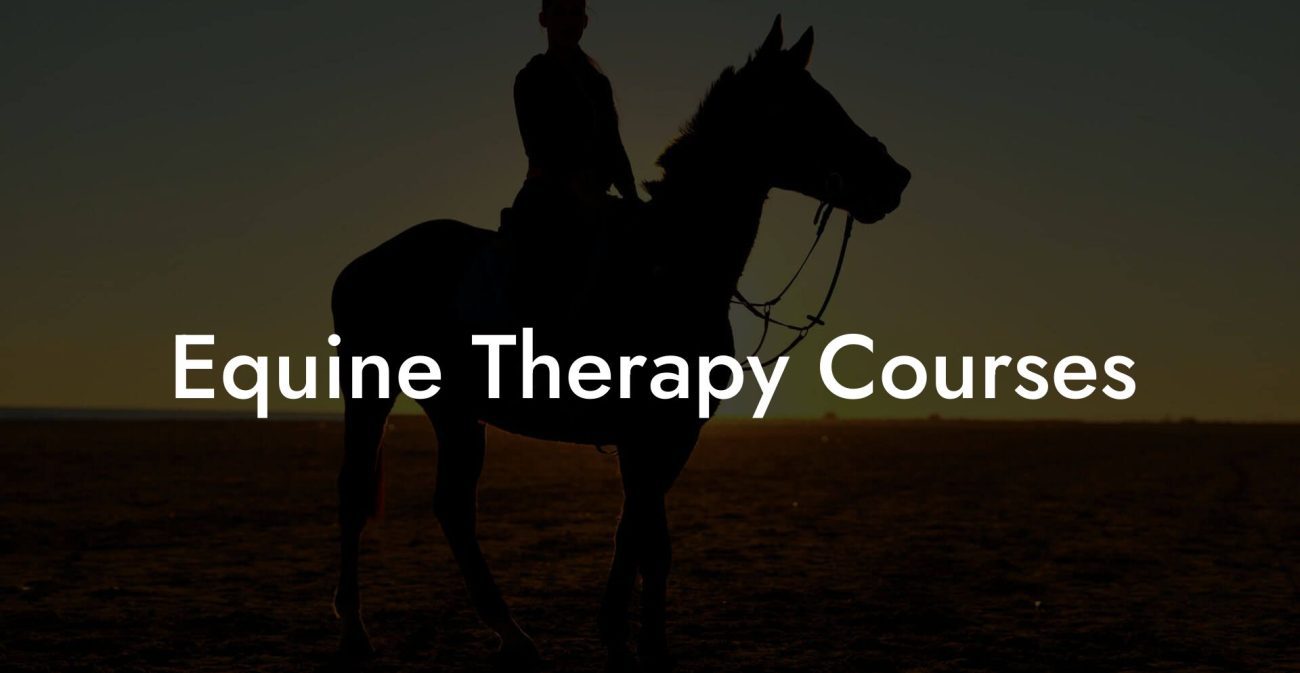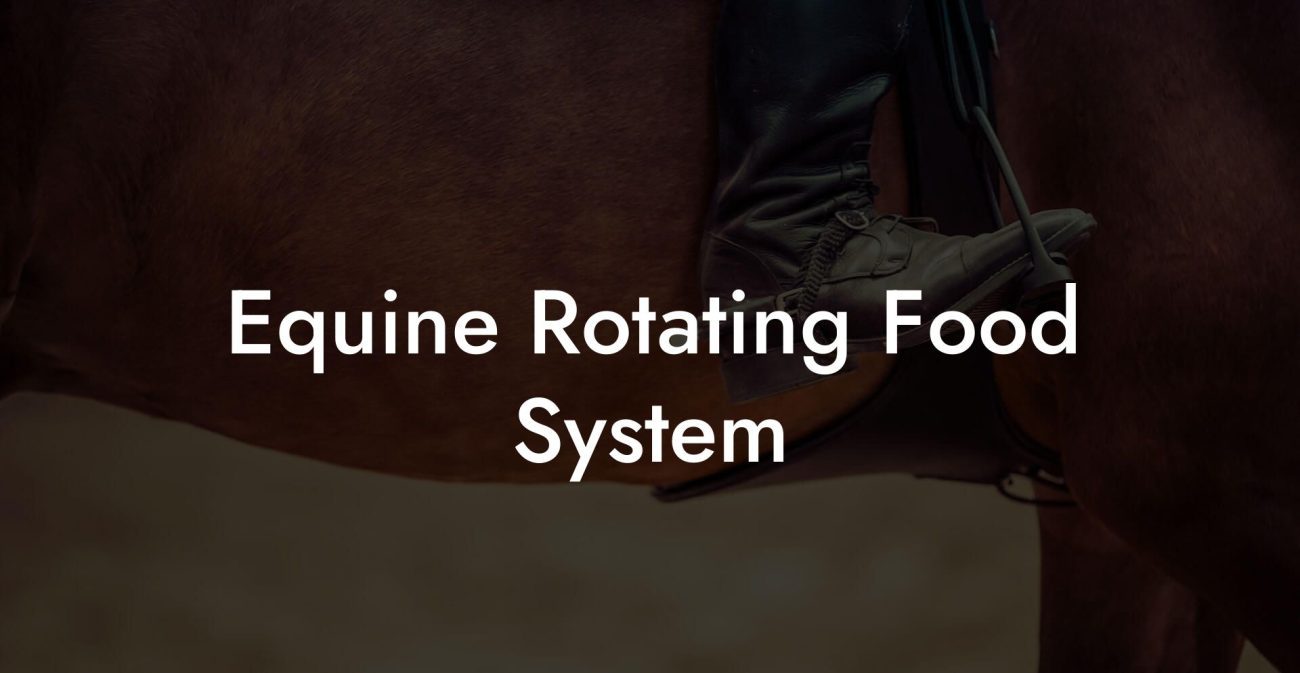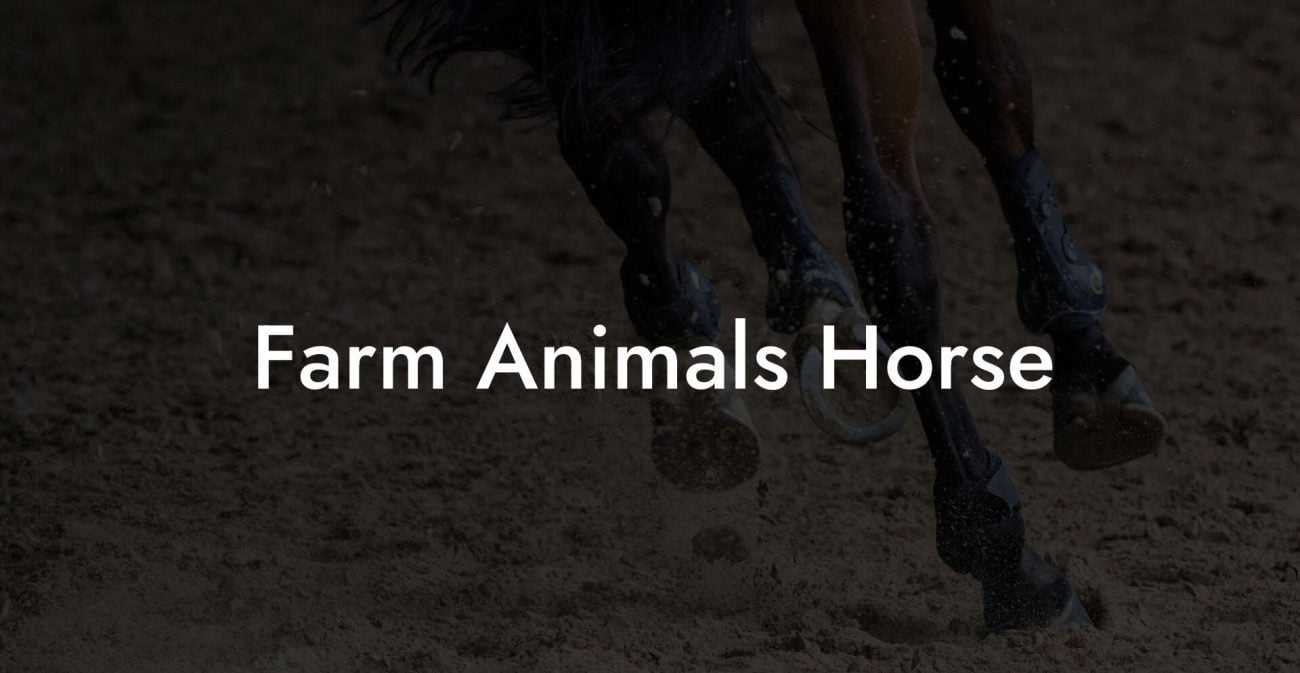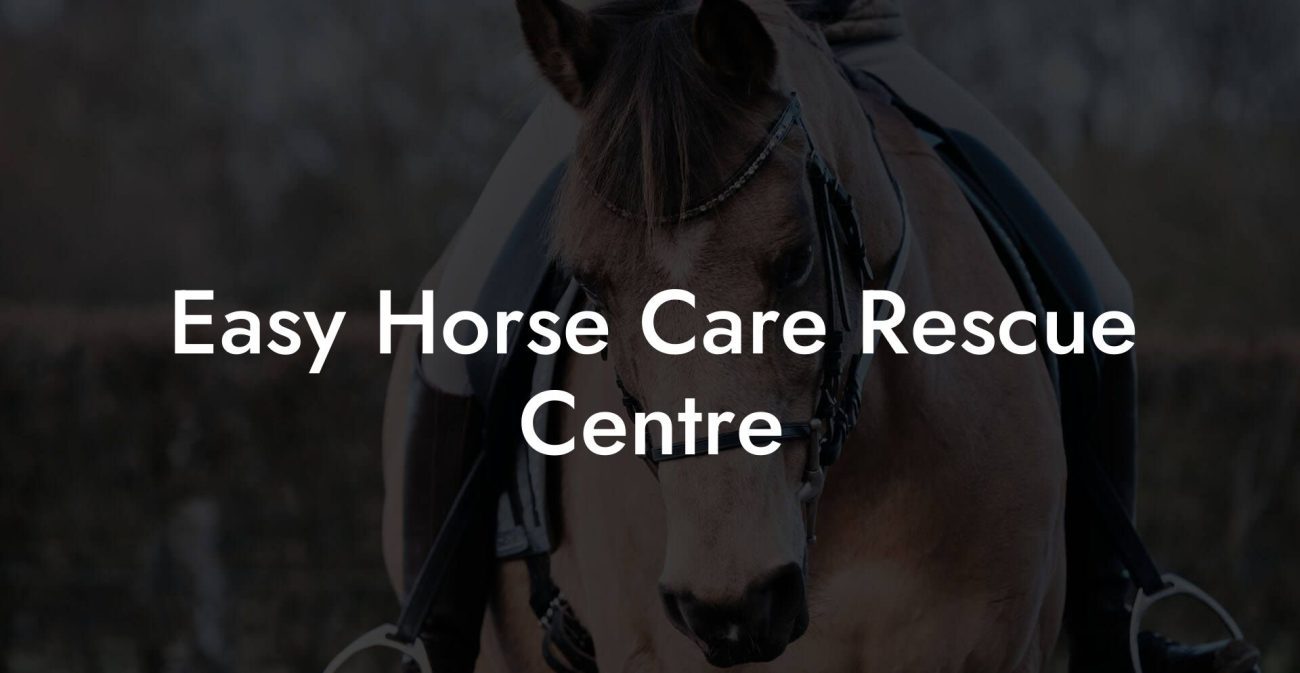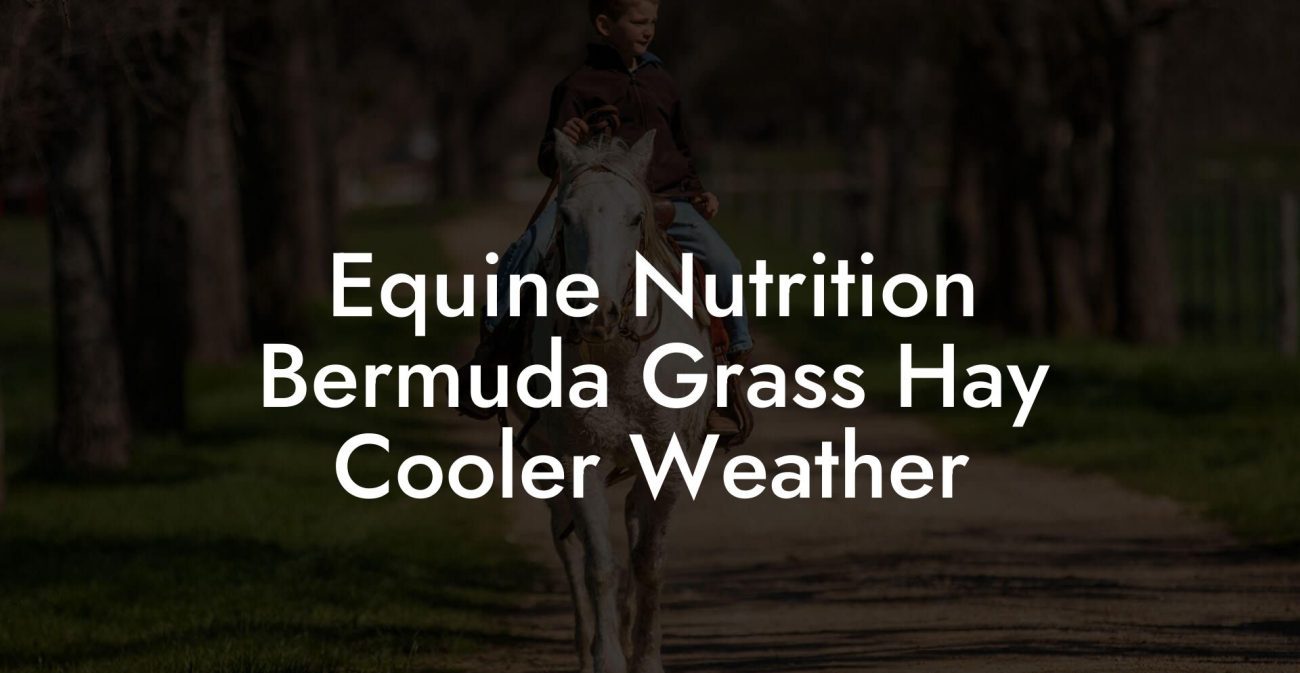When it comes to our magnificent equine friends, one question reigns supreme: just how much space do horses really need? Forget cramped stables and minimal pastures—our horses deserve sprawling fields, ample room to trot, and a lifestyle that screams freedom. In this deep dive into equine space requirements, we break down exactly what it takes to give your horse the living area they deserve. Whether you’re a new horse owner or a seasoned equestrian looking to upgrade your barn and pasture design, you’re in the right place. Let’s gallop into the world of horse space essentials, where practicality meets style, and every hoofprint leaves an impact.
Quick Links to Useful Sections
- Understanding Equine Spatial Needs: More Than Just a Paddock
- Decoding Horse Space Requirements: Factors That Matter
- The Ideal Layout: Pasture, Barn, and Stall Designs
- Pasture Size and Configuration
- Barn and Stable Design
- Dynamic Stall Management and Turnout Areas
- Safety, Comfort, and Sustainability in Equine Spaces
- Designing for Safety
- Enhancing Comfort and Health
- Sustainability in Equine Facility Design
- Innovative Technologies in Equine Space Management
- Smart Monitoring and Automation
- Mobile Apps and Digital Tools
- Best Practices for Optimizing Horse Living Areas
- Prioritize Regular Maintenance and Safety Checks
- Customizing Facilities to Suit Individual Needs
- Invest in Professional Consultation and Community Collaboration
- Resources and Community Support: Your Next Steps
- Exploring Real-Life Equine Space Transformations
- Case Study 1: From Compact Barns to Open Pastures
- Case Study 2: Sustainable Storage and Pasture Renewal
- Case Study 3: The Community-Driven Equestrian Makeover
- Customization, Monitoring, and the Future of Horse Space Planning
- Equine Space Planning FAQs: Clearing Up Common Questions
- Your Next Steps in Equine Space Planning: Bringing Vision to Life
Understanding Equine Spatial Needs: More Than Just a Paddock
Horses are not only beautiful creatures but also highly social and active animals that require both physical space and mental stimulation. Unlike many other livestock, these majestic beings thrive on freedom and the opportunity to roam. The idea of space for horses extends well beyond the simple measurement of square footage—it encompasses a holistic approach to ensuring equine comfort, health, and happiness. From the ideal pasture size to the layout of a horse barn, every element counts in fostering an environment that supports proper exercise, grazing, and social interactions.
In the realm of equine care, space directly impacts physical health, stress levels, and even behavior. Horses craving ample room to run are less likely to develop issues like joint stiffness, while a well-designed stall paired with an expansive turnout area encourages natural behaviors. By understanding the myriad factors that determine how much space your horse needs, you can create a balanced environment that nurtures both body and mind. Keywords like "horse stable," "equine care," "adequate space for horses," and "horse barn design" echo through the corridors of equestrian best practices, ultimately guiding you toward making informed decisions.
Beyond the simple act of measurement, consider the unique personality and breed of your horse. While some breeds may be content with a modestly sized enclosure, others, especially larger or more active breeds, require extensive pastures to burn off energy and maintain optimal health. As we explore the detailed specifications of ideal horse pastures and stalls, you’ll uncover key insights into how environment, exercise, and nutrition work together to create a holistic equine living experience.
Decoding Horse Space Requirements: Factors That Matter
When planning your equine living area, several factors come into play. Let’s break down the essentials that determine how much space your horse truly needs:
- Breed and Size: Larger breeds, such as draft horses, typically demand more space compared to their lighter counterparts like Arabians or Quarter Horses. Knowing the specific requirements of your horse’s breed is crucial.
- Activity Level: Horses that are used for intense activities like racing or jumping require additional space for exercise, whereas those used primarily for leisure or companionship might manage with smaller stables or paddocks.
- Social Needs: Horses are herd animals. Ensuring they have not only ample physical space but also opportunities for social interaction can significantly impact their overall well-being.
- Health Considerations: Horses with special health needs or rehabilitation requirements may need designated safe zones to prevent injuries and support slower recovery processes.
- Environmental Conditions: The surrounding climate, terrain, and seasonal changes greatly affect how much usable space you need. If you live in an area with harsh winters or extreme summers, indoor space and proper shelter gain importance.
Beyond these key elements, the use of advanced design principles and structured planning in equine facility management guarantees that your horse isn’t just surviving—but thriving. Whether it’s through optimizing pasture layouts or integrating modern stall designs, understanding these factors will not only answer your question of "how much space do horses need?" but also enhance overall equine care.
Modern equestrian enthusiasts and professionals alike are continually refining space usage guidelines. By weaving in the latest research and hands-on experience, you can set up your facility to meet both regulatory standards and your personal expectations for horse wellness. Topics like "ideal pasture size" and "sustainable stable design" have taken center stage in today's equine care discussions, resonating strongly with Gen-Z and millennial audiences who value animal welfare and ecological responsibility.
The Ideal Layout: Pasture, Barn, and Stall Designs
Designing an equine-friendly environment isn’t just about providing square footage—it’s about crafting spaces that work synergistically to support the horse’s physical, social, and emotional needs. Let’s look at how you can build a layout that ticks all the boxes:
Pasture Size and Configuration
A well-designed pasture is the heart of equine freedom. General guidelines suggest that a horse benefits from a minimum of 1-2 acres of pasture per horse, though this can vary based on grazing quality and local regulations. However, the focus shouldn’t be solely on acreage. The design should offer diverse terrain features, such as rolling hills, flat grazing areas, and sheltered zones. These elements mimic a horse’s natural habitat, encouraging exercise and stimulation.
Incorporate natural fencing, water sources, and shaded spots under trees or purpose-built shelters. A vibrant pasture not only supports physical exercise but also feeds into the horse’s mental landscape by offering a rich tapestry of smells, sights, and textures. Keywords like "pasture design," "horse turnout," and "equine space planning" find their way into every successful equestrian facility.
Barn and Stable Design
While outdoor space is vital, a perfectly designed barn or stable provides safe shelter during inclement weather and a comfortable resting space. Modern barn designs embrace brightness with ample natural light, proper ventilation, and secure enclosures that prevent overcrowding. Each stall should be appropriately sized—not too small to be confining, and not too large to be unsafe. A well-dimmed, easy-to-clean stall layout minimizes dust and allergens, which is a boon for horses with respiratory issues.
Incorporating user-friendly elements like non-slip flooring, dividers between stalls, and easy access to feed and water enhances both the comfort of the horse and the efficiency of the caretakers. Whether designing from scratch or renovating an existing structure, using sustainable materials and modern technology can elevate your horse barn to a space that complements both functionality and aesthetics.
Dynamic Stall Management and Turnout Areas
The dynamic nature of a horse’s life calls for flexible stall management. Considerated scheduling of turnout times, rotation systems for grazing, and dedicated areas for training and recuperation all contribute to a holistic equine lifestyle. In a well-organized facility, the indoor and outdoor environments work in tandem to style a space that feels like a home away from home for your horse. Integrating ergonomic designs with smart technology—like climate control and automated feeding systems—can revolutionize how we manage equine space and care.
As you embark on planning your horse barn and pasture layout, remember that the equilibrium between indoor shelter and outdoor freedom is the cornerstone of equine health. Emphasizing balance, creativity, and sustainability in your design plan will ensure that your horses are ready to gallop, socialize, and relax in an environment crafted with love and ingenuity.
Safety, Comfort, and Sustainability in Equine Spaces
The safety and comfort of your equine companions are non-negotiable. Creating a space that minimizes injury risks while maximizing comfort is an art in itself. Whether you’re designing a horse barn or planning expansive pastures, every element should be engineered with the horse’s well-being in mind.
Designing for Safety
Safety begins with smart design choices. Fencing must be secure yet forgiving—sturdy enough to keep horses in while preventing injury if they rub against it. Non-slip surfaces in high-traffic areas, such as barn aisles and stable floors, are crucial to prevent falls and injuries. Equine safety standards have evolved over time, and today’s designs integrate advanced materials that absorb shock and reduce impact stress. Safety zones, emergency exits, and proper lighting further enhance the secure feel of your stable and pasture spaces.
When planning for emergency situations, consider incorporating wide exits and clear signage within the barn. In the pasture, contour the landscape to avoid steep drop-offs and potential tripping hazards. By embedding these safety features into every corner of your facility, you ensure that your horses can flourish without fear of accidents.
Enhancing Comfort and Health
Comfort is intricately linked to overall equine health. From the softness of stall bedding to the quality of pasture grass, every detail matters. Maintaining adequate space using proper stall dimensions prevents bottlenecks, reduces stress, and minimizes behavioral issues that can arise from overcrowding. Regular cleaning, proper ventilation, and temperature control within the barn help create an environment that is not only safe but also healing.
Additionally, consider the mental well-being of your horse. Ample room in turnouts, coupled with varied terrain and natural features, stimulates their senses and encourages natural foraging and social behaviors. Equine care experts echo the sentiment that a well-cared-for horse is one that experiences both physical comfort and mental engagement.
Sustainability in Equine Facility Design
Sustainability is a buzzword that carries a lot of weight in today’s society, and equine facility design is no exception. Energy-efficient barns, rainwater harvesting, renewable solar panels, and recycled materials are all part of a modern, eco-friendly approach to horse care. Not only does sustainable design reduce your carbon footprint, but it also creates a healthier environment for your horses by minimizing pollutants and toxins.
Incorporate green landscaping techniques and permaculture principles to bolster soil health and promote native plant species in your pastures. This eco-friendly approach aligns with the values of environmentally conscious horse owners who are determined to leave a lasting positive impact on the planet while providing the ultimate living conditions for their four-legged friends.
Innovative Technologies in Equine Space Management
As technology continues to evolve, so do the ways we manage and optimize equine environments. Today’s horse barns and pastures are increasingly becoming hubs of innovation, integrating cutting-edge technology with traditional wisdom to provide superior animal care.
Smart Monitoring and Automation
Imagine receiving real-time updates on your horse’s activity levels, stall conditions, and pasture health—all from your smartphone. With the advent of smart sensors and IoT devices, this vision is becoming a reality for many modern equestrian facilities. Automated feeding systems, climate control units, and water management solutions are not only enhancing operational efficiency but also ensuring that your horses are living in a consistently optimal environment.
Automated data collection allows you to track environmental metrics, monitor temperature fluctuations, and even detect early signs of potential health issues via behavioral analytics. Keywords such as "smart equine care," "automated barn systems," and "modern horse stable technology" are becoming synonymous with state-of-the-art facility management. With these innovations, your space becomes not just a shelter, but a smart, responsive ecosystem that adapts to the needs of its inhabitants.
Mobile Apps and Digital Tools
Mobile apps tailored for equine management can revolutionize your day-to-day care routine. From tracking medical records and live weight monitoring to scheduling turnout rotations and exercise routines, digital tools bring a level of precision and convenience that was once unimaginable. These applications simplify the logistics of managing multiple horses while ensuring that every animal receives personalized attention.
Integration of digital tools into traditional management practices is a game-changer. Progressive horse owners are now using smartphone technology to streamline everything from facility maintenance to emergency planning, merging the best of both worlds—practicality and innovation.
Best Practices for Optimizing Horse Living Areas
With a countless array of options and emerging innovations, implementing best practices is key to creating a harmonious, efficient, and safe home for your horses. Whether you are starting from scratch or upgrading an existing facility, here are some proven strategies that will ensure your horse gets the most from their space.
Prioritize Regular Maintenance and Safety Checks
Regular maintenance is essential to preserving the integrity of your horses’ environment. Schedule routine inspections of fences, stalls, and water systems to preemptively address wear and tear. A proactive approach to maintenance not only reduces the risk of accidents but also promotes longevity and reliability of the overall setup. A well-maintained equine facility is a testament to your love for your horses and your commitment to their continuous well-being.
Enhancing your property with protective measures, such as shock-absorbent mats in high-traffic areas and bright, energy-efficient lighting, can vastly improve both safety and functionality. Incorporating these elements into your regular maintenance routines ensures that your horses will have a pleasant, secure environment to thrive in day after day.
Customizing Facilities to Suit Individual Needs
No two horses are exactly alike, and their living spaces should reflect their unique needs. Evaluate your horses’ daily routines, behavior patterns, and preferences to create customized spaces that maximize comfort and stimulation. This might mean designing individual stalls with distinct areas for feeding and resting, or establishing partitioned pasture sections that cater to the social dynamics of different horses.
Customization goes hand in hand with ongoing observation and feedback. Early adopters of modern equine facility design often incorporate environmental changes incrementally, using input from veterinarians, trainers, and caretakers to refine their plans over time. With each adjustment, your facility evolves into a more responsive and supportive home for its equine residents.
Invest in Professional Consultation and Community Collaboration
The world of equine facility design is as vast as it is rewarding, and sometimes the best decisions are made when you lean on professional expertise. Consultants who specialize in equine architecture, environmental planning, and sustainable design can offer invaluable insights tailored to your specific situation. In addition to professional advice, engaging with local equestrian communities or online forums can help you gather real-life experiences and creative solutions.
Collaboration doesn’t just improve your facility—it fosters a sense of community and support among like-minded horse enthusiasts. Whether you’re sharing best-practice tips or exchanging creative ideas for sustainable design, these connections can lead to innovative approaches that transform how you manage and utilize your equine space.
Resources and Community Support: Your Next Steps
Ready to turn theory into practice? The equine world is full of resources, expert consultations, and peer-support networks that can help guide your journey toward a well-optimized horse living environment. Start by exploring local agricultural extension programs, equine architectural services, and sustainable building courses tailored to livestock management. These resources can offer actionable advice on everything from zoning adjustments to innovative barn designs.
Online communities, such as equestrian forums and social media groups, are hubs of invaluable peer support. Connect with fellow horse owners and facility managers who are actively sharing insights, success stories, and even cost-effective DIY solutions for enhancing horse spaces. As more and more younger generations take an interest in equine care and sustainable practices, these digital networks are increasingly influential in shaping modern best practices.
Empower yourself with knowledge—read up on the latest research regarding horse space optimization, attend webinars, and consider subscribing to specialized equine care magazines and blogs. Whether you’re looking for detailed blueprint plans or simply a place to ask questions about pasture rotations, the right resources and communities can be your stepping stones to creating the perfect space for your horse.
Exploring Real-Life Equine Space Transformations
Sometimes the best way to understand what works is to hear from those who’ve been there. Across the globe, numerous horse owners have shared their journeys in transforming modest stables and pastures into expansive, innovative equine havens. Let’s look at a few inspirational case studies:
Case Study 1: From Compact Barns to Open Pastures
Sarah, an avid horse lover from the Midwest, once managed a cramped barn with minimal outdoor access. Realizing that her horses craved more lifestyle freedom, she embarked on a mission to expand the facility by integrating a large turnout pasture and revamping the barn with modern, eco-friendly amenities. By collaborating with local architects and connecting with her equestrian community, Sarah gradually transformed her barn into a multi-zone equine haven. The result? Happier, healthier horses that now enjoy the benefits of exercise, socialization, and a stress-free environment.
Case Study 2: Sustainable Storage and Pasture Renewal
In a scenic stretch of the Southwest, Tom—a dedicated horse owner with a passion for sustainability—faced the challenge of updating an aging stable. He integrated renewable energy solutions, such as solar panels and rainwater harvesters, into his facility design. Simultaneously, Tom reconfigured his pasture layout to include rotational grazing zones, which improved both soil fertility and grass quality. This dual approach not only reduced operating costs but also significantly enhanced the living conditions for his horses. Today, Tom’s facility is celebrated as a model for sustainable equine care and innovation, drawing visitors and fellow horse enthusiasts alike.
Case Study 3: The Community-Driven Equestrian Makeover
In a tight-knit equestrian community in the Northeast, a group of horse owners pooled their resources and shared expertise to modernize an outdated barn and pasture complex. Through community fundraisers, collaborative workshops, and the guidance of equine facility experts, they transformed the space into a state-of-the-art environment featuring spacious turnout areas, climate-controlled stalls, and safe, ergonomically designed fencing. The collective effort not only uplifted the quality of life for all the horses involved but also strengthened community bonds, proving that teamwork is a powerful catalyst for sustainable change in equine care.
These case studies highlight the transformative power of innovation, collaboration, and a deep commitment to the welfare of our equine companions. They serve as tangible proof that with the right design, resources, and community support, you can redefine what it means for your horses to have ample, stimulating space.
Customization, Monitoring, and the Future of Horse Space Planning
As we look toward the future of equine facility design, the emphasis will undoubtedly be on customization and cutting-edge monitoring systems. Every horse is unique, and so should be the environment in which they live. The future holds promising possibilities, such as AI-powered space management tools and further integration of eco-friendly technologies, ensuring that your horse’s enclosure is both adaptable and responsive to its needs.
Imagine a world where sensors track changes in pasture quality, automatically adjusting irrigation systems, or where biofeedback from horses’ activities informs real-time adjustments in stall ventilation. With ongoing innovations and the rising demand for sustainable and dynamic equine care, you can expect the standards for horse space requirements to further evolve—offering even more tailored solutions that optimize health, happiness, and performance.
As you continue to explore the exciting possibilities in equine facility design, remember that every upgrade you make is a testament to your commitment to your horse’s well-being. Embracing both tried-and-true methods and the latest technological innovations will ensure that your horse lives in an environment that is truly world-class—one that balances functionality, safety, and the natural spirit of freedom.
Equine Space Planning FAQs: Clearing Up Common Questions
Below are some of the most frequently asked questions about equine space requirements, designed to address your curiosities and provide practical guidance:
1. How many acres does a single horse need?
While a common rule of thumb is 1-2 acres per horse, the ideal space depends on several factors including breed, activity level, and pasture quality. Larger or more active horses might require more space to roam freely.
2. What is the ideal stall size for a horse?
Stall sizes typically range from 12x12 feet to 14x14 feet, but the exact dimensions should be tailored to the horse’s size and needs. A well-designed stall balances safety, comfort, and functional space.
3. Can I manage with a small turnout area if I have ample barn space?
While adequate indoor space is important, horses need both indoor shelter and outdoor freedom. Even a modest turnout area combined with regular exercise routines is better than an entirely confined environment.
4. What role does technology play in managing horse spaces?
Technology, including smart sensors and automated systems, is revolutionizing equine care by continuously monitoring environmental conditions and ensuring safety protocols are met, thereby enhancing overall space management.
5. Is sustainable design important for equine facilities?
Absolutely. Sustainable design not only conserves resources and reduces costs but also creates a healthier living environment, with improved air quality, optimal pastures, and eco-friendly building materials.
6. How do I know if my horse needs a larger space?
Signs of overcrowding can include behavioral issues, stress, and diminished physical health. Observing your horse’s activity levels and consulting with an equine expert can help determine if space adjustments are necessary.
7. What design principles should I follow to maximize space efficiency?
Emphasize open layouts, integrated indoor-outdoor transitions, proper ventilation, and flexible designs. Customizing these principles based on your horse’s unique needs will yield the best results.
8. How can I incorporate community advice into my space planning?
Connecting with local equine groups, attending workshops, and participating in online forums can provide invaluable insights and innovative solutions tailored to your region and specific equine requirements.
Your Next Steps in Equine Space Planning: Bringing Vision to Life
As you step into the realm of equine space planning, remember that every change you make enriches your horse’s quality of life. From reimagining your barn’s design to expanding your pasture into a natural, sustainable haven, the journey is one of progressive refinement—a blend of art, science, and heartfelt care.
Start by assessing your current facility. Walk through each area with a critical yet caring eye. Take notes on what works, what could be improved, and where innovation might push your design to the next level. Engage with experts and the vibrant community of equine enthusiasts who have ventured down this path. Their success stories and hands-on advice can be the catalyst that inspires your next big improvement.
With a clear understanding of space requirements, innovative design techniques, and robust maintenance practices, you have the essential tools to create a dream environment for your horse. Whether you’re expanding a modest paddock or rethinking the entire layout of a horse barn, every step you take is an investment in the well-being and future of your equine companion.
Embrace the creativity, stay informed with the latest advancements in equine care, and let your passion for your horse guide you. With each calculated design choice, you build a legacy of care and sustainability—ensuring that your horse has not just enough space, but a thriving, enriching home where every gallop is celebrated.
Your journey to crafting the ultimate equine environment begins now. Let inspiration fuel your creativity, and let each milestone in space planning remind you that you are not just designing a facility—you’re curating a lifestyle where your horse can live freely, healthily, and happily.



